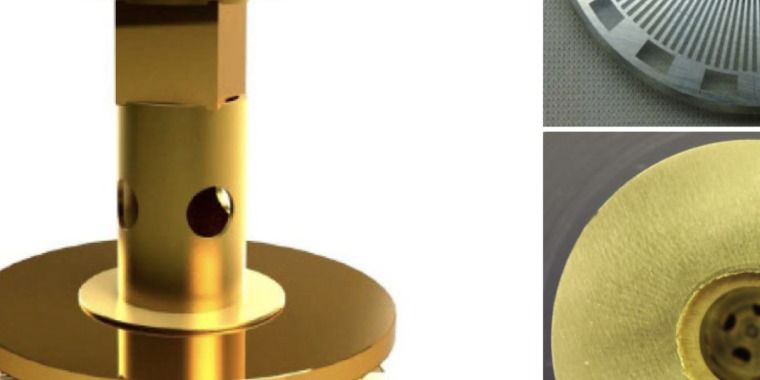O.,o definitely odd still unknown the cause.
Wildlife groups in Greece say that thousands of swallows and other migratory birds have died in Greece in the last few weeks, unable to recover from the exhausting journey from Africa, made even worse this year due to the chilly weather conditions.
Scientists say that persistent strong northerly winds over the Mediterranean and the Aegean have exhausted the birds, who have been spotted in their thousands walking on streets instead of flying as they try to recover.
Photographs posted on social media show great numbers of birds lying dead in different parts of the country.









